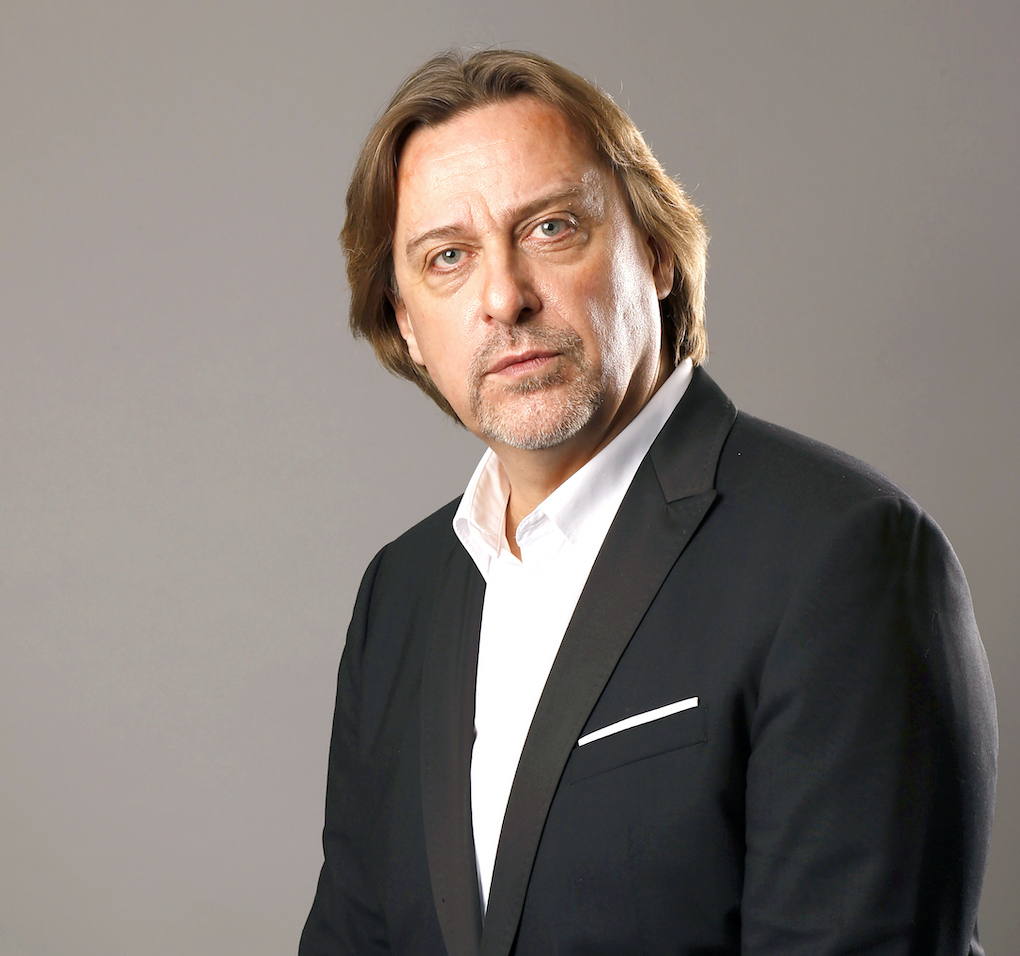By: Lucija Kavčič
We spoke with Dr. Svebor Sečak, the dean of the Academy of Dance at Alma Mater Europaea.
Dr. Sečak, who is also a member of the European Academy of Sciences and Arts, presented the Academy of Dance AMEU and stated that it attracts those who want to become academically educated dancers, choreographers, educators, and theorists.
What are the usual aspirations of students enrolling in dance studies?
AMEU Academy of Dance is the only accredited higher education institution for dance in Slovenia, offering education in ballet pedagogy, contemporary dance, and jazz. We have also developed programmes for competitive, social, and hip hop/urban dances. In 2020, we launched an accredited master’s study programme in Dance Art Studies, which has three directions: pedagogical, theoretical, and choreographic. Young dancers enrol in the direction of contemporary dance and jazz, while older ballet artists, during the transition period, also enrol in the ballet direction to qualify for pedagogical activities. This means that individuals who want to become academically educated dancers, choreographers, educators, theorists, etc., enrol with us.
What are your priorities in terms of what you want to teach?
The academic scientific approach is of great importance for understanding new trends in dance education, ballet art, and dance in general. Dance art is studied from multiple analytical perspectives that go beyond basic dance methodology, technical skills, and linear dance history. It encompasses anthropological, philosophical, psychoanalytic, semiotic, socio-political, feminist, and gender perspectives, as well as kinesiology, anatomy, and psychology in the context of safe practice. University education should be mandatory for dance and ballet educators working with children, primarily for the sake of safe practice. For dancers, critics, and choreographers who seek more than just training, theoretical and contextual knowledge is also essential. It is important to strengthen the educational vertical of dance education from kindergarten to university.
Why is a scientific approach to dance necessary?
Today, dance is not only studied as an artistic form but as a diverse cultural practice performed in various contexts. Dance is a transnational art, and in the era of globalisation, there are numerous innovative and hybrid dance forms, as well as genre synthesis that connects ballet and contemporary dance with other dance forms from different cultures. This confirms how contemporary art treats ballet and other dance forms equally, regardless of their origin. This is one of the reasons why an academic, scientific approach to dance studies is necessary, as it can potentially ensure a dual result: the preservation of indigenous cultures and traditions, and the opening to new trends and philosophies as an integrating factor worldwide.
Your students are undoubtedly very successful, are they not?
Students of the Academy of Dance have the necessary conditions for quality study, scientific, professional, research, or artistic work, as well as extracurricular activities. Our students have also received awards at Slovenian competitions for young dancers and regularly perform at festivals in Slovenia and abroad, positioning the Academy of Dance as a relevant academic institution at the highest level in the international environment. As a dance section, we have participated with independent programmes in four scientific conferences with international participation, where we addressed key issues in dance activities, from educational verticals to the position of Slovenian dance creators in the European space. The entire collective of the Academy of Dance contributes to a programme that provides dancers with the necessary breadth, practical and theoretical knowledge, and opens opportunities for entry into the professional world of performing arts.
Do you also enrol students from abroad, and can domestic students go on exchanges abroad?
The Academy of Dance has obtained the ECHE charter for the Erasmus+ programme and already collaborates with recognised academies abroad. We have experts from Slovenia and abroad teaching at our institution. We also enrol students from abroad because we offer programmes conducted in English. Through the Erasmus+ programme, our students go on exchanges abroad, and foreign students come to our academy.
Where can your graduates find employment after completing their studies?
Ballet graduates from the Academy of Dance can be found in the most responsible positions – working as ballet masters, educators, and dancers in ballet schools and theatres. The profession of a contemporary dancer is predominantly self-employed. The advantage for graduates of contemporary dance is their involvement in lecturers’ projects during the study process, which facilitates their transition from studying to the working environment. Most of our contemporary dance students become self-employed in the field of culture or join dance groups.

